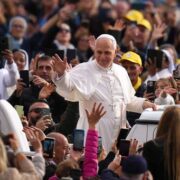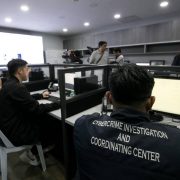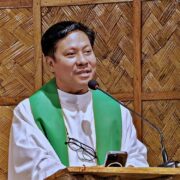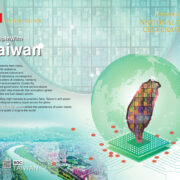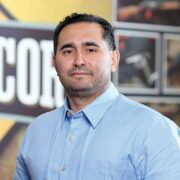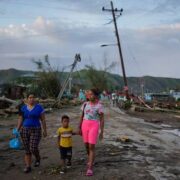Inside the museum that holds Cagayan Valley’s layered past

TUGUEGARAO CITY—In the heart of this city, the Cagayan Museum and Historical Research Center quietly gathers Cagayan Valley’s memories—from half-a-million-year-old fossils to relics of Spanish forts—offering visitors a vivid journey through the histories that molded the region’s identity.
“The northern Luzon region today had literally been part of the old Cagayan—San Fernando, now Ilagan City; Carig, now Santiago City; even parts of Benguet, Kalinga and Apayao,” museum director-curator Niño Kevin Baclig tells the Inquirer.
At the museum, a visitor can “see the expansive scope of the old Cagayan through a map,” it displays, he adds.
It is this vast sweep of history—prehistoric, colonial, revolutionary and contemporary—that the museum claims and preserves.
Established in 1973 by then Gov. Teresa Javier Dupaya and now housed in the restored 1877 Casa Tribunal de Cagayan, the museum safeguards the region’s archaeological finds, ethnographic collections, historical records and heirloom pieces.

It also hosts a research institute, regular exhibits, lectures and workshops that nurture artists and scholars across the valley.
Cagayan, famed for the Philippines’ earliest known human remains found in Callao Cave—now shortlisted for Unesco World Heritage status—has long been a cradle of human activity.
The region bore witness to the tobacco monopoly revolts, centuries of colonial entanglements and fierce battles during World War II.
“Rocks and fossils dating back to the Paleolithic Age suggest that the ancestors of modern humans were already here 500,000 years ago,” Baclig shares.
The discovery of Homo luzonensis further confirms the area’s significance in human evolution. Evidence from shell middens reveals ancient communities of hunter-gatherers once thriving along these mighty rivers.
Treasures
Among the museum’s most striking features are its prehistoric fossils and tools excavated from Cagayan and Kalinga provinces—stone implements, animal bones and remnants of vanished ecosystems.
“These relics provide a window into the lives of early inhabitants,” Baclig says. Adding that, “They offer a unique perspective on their customs and ways of life.”

One extraordinary specimen is the first Stegodon skull formally described in the Philippines—a rare, 788,000- to one-million-year-old fossil of an extinct elephant relative found in Solana in 2020. It likely belonged to a juvenile Stegodon and stands as a testament to the region’s ancient biodiversity.
The museum also keeps a rich collection of antiques, liturgical objects, trade wares and ethnographic items. Artists are given free exhibit space, and past shows include displays of oriental ceramics that highlight historic trade ties between Cagayan and Mainland Asia.
Stories rewritten
To deepen public understanding of the valley’s layered past, the museum recently launched two books.
The first, “Cagayan in Ming China’s Nautical World” by Baclig, argues that Cagayan’s cultural identity was already thriving long before Spanish colonization.
“Our rich preexisting culture was one of the reasons early European explorers were drawn here,” he notes.
The second book, “Fuerza Cagayana: Interpreting and Visualizing the 18th Century Fortifications in Cagayan under the Spanish Crown,” written by Michael Tabao, examines the Spanish fortifications built across the region—not as defenses against foreign invaders, but against “warlike Cagayanos” who fiercely resisted colonial rule.
For history enthusiasts, students, artists and researchers, the museum is more than a showcase—it is a memory keeper.
A place where stone tools, church bells, buttons from wartime uniforms, fragments of shattered pottery and the stories behind them are woven together to create a portrait of a region shaped by migrations, uprisings, faith, trade and deep time.
“These repositories are glimpses into the rich story of Cagayan,” Baclig declares.
He notes: “It is a veritable treasure trove for historians and researchers—worth remembering, always.”


